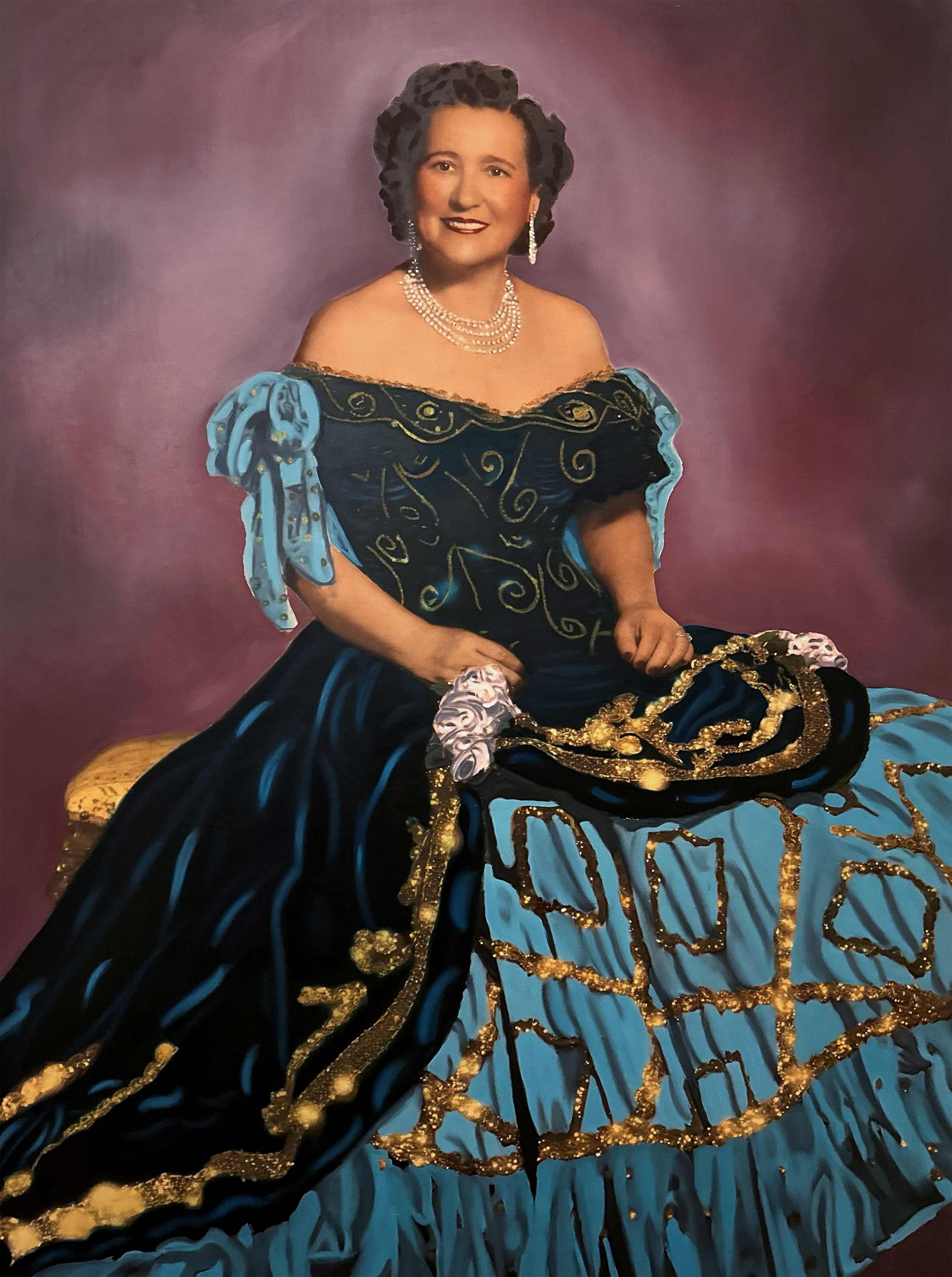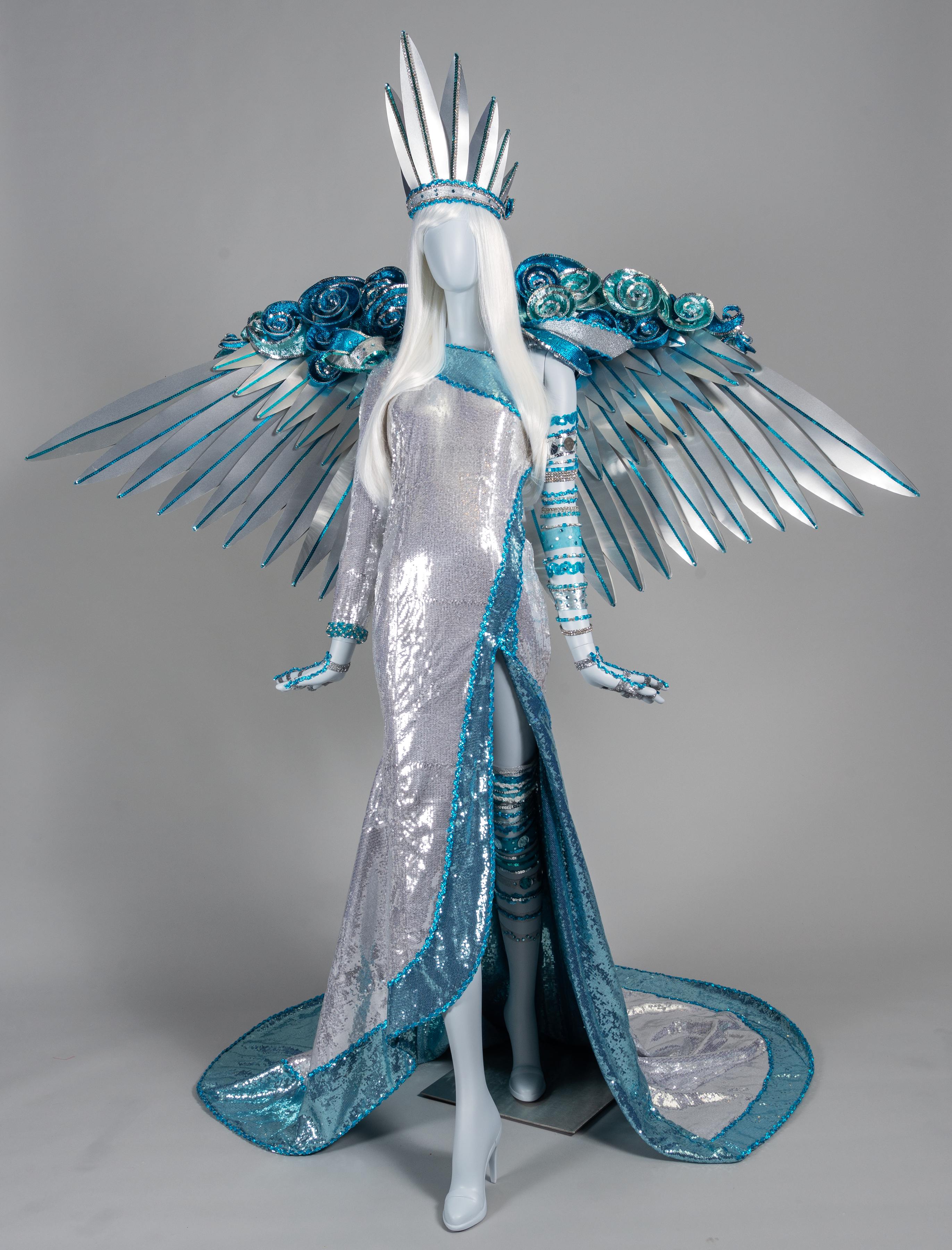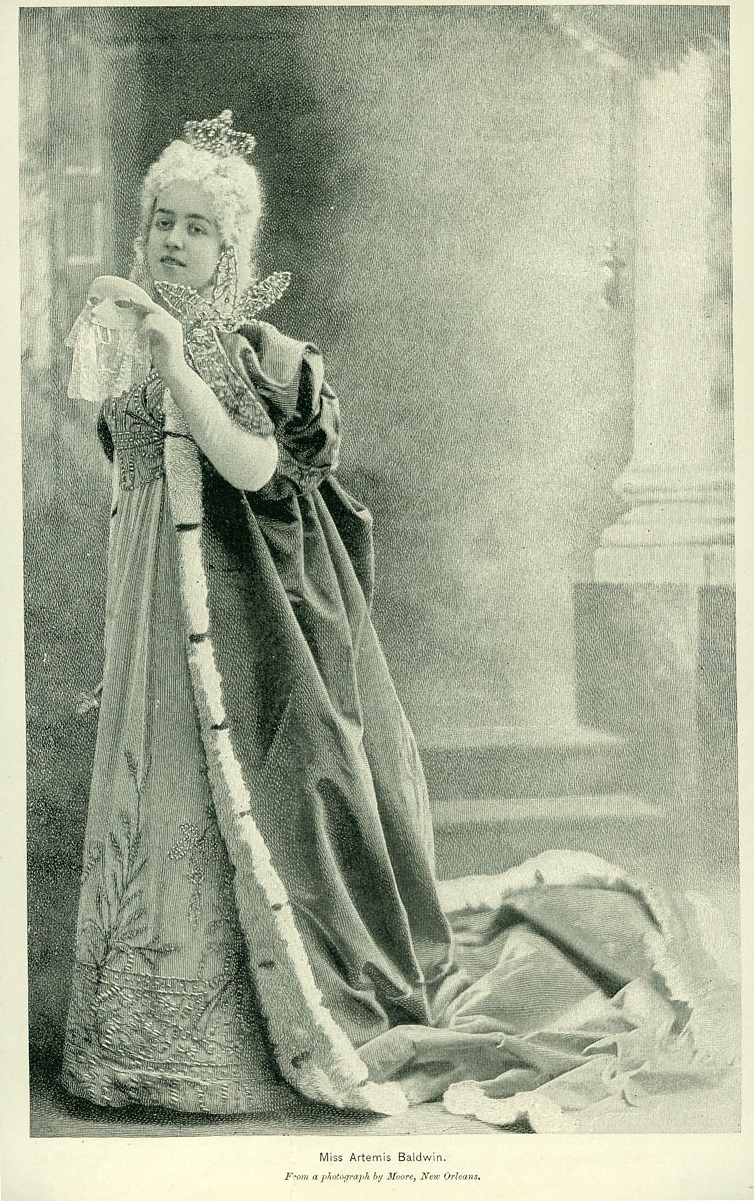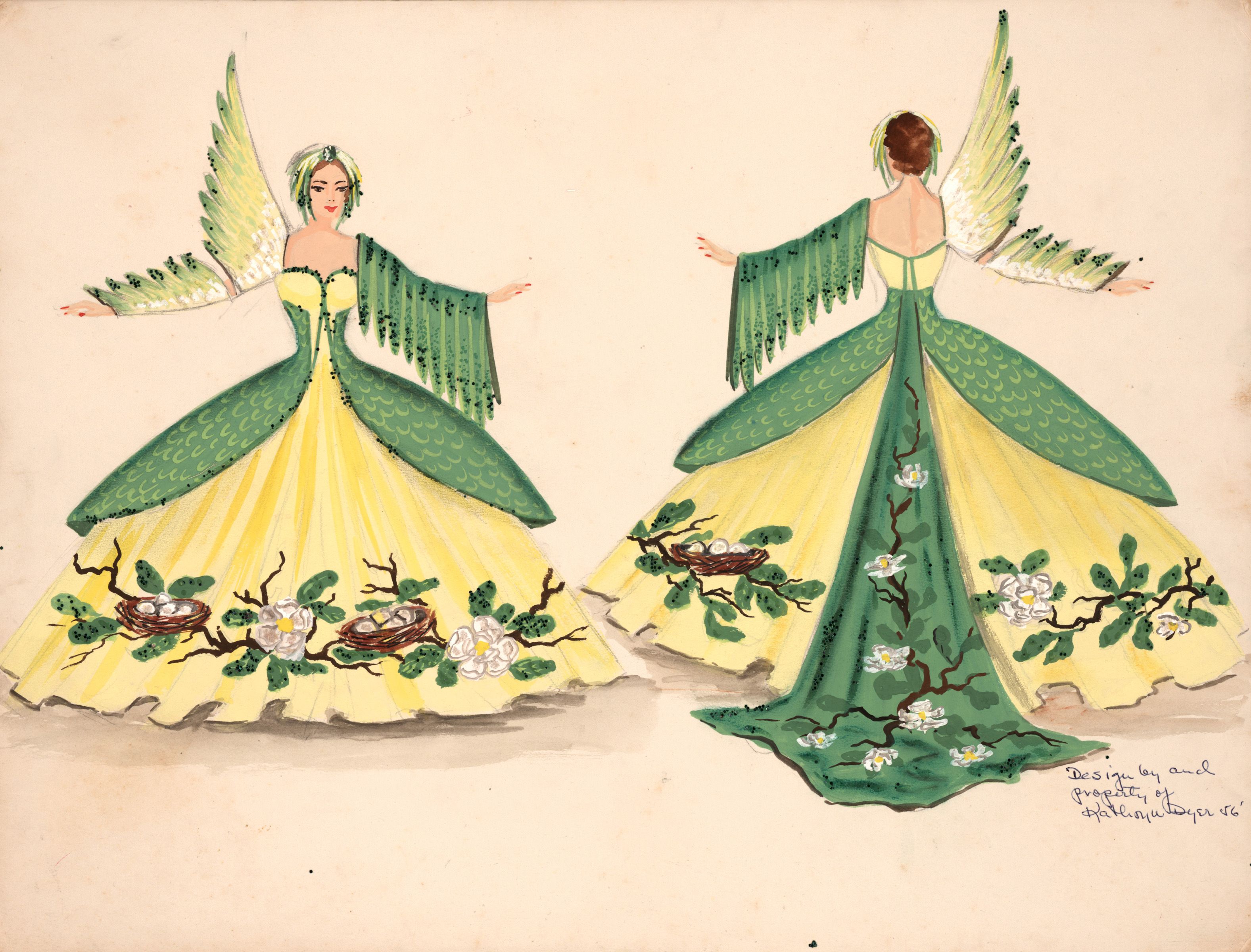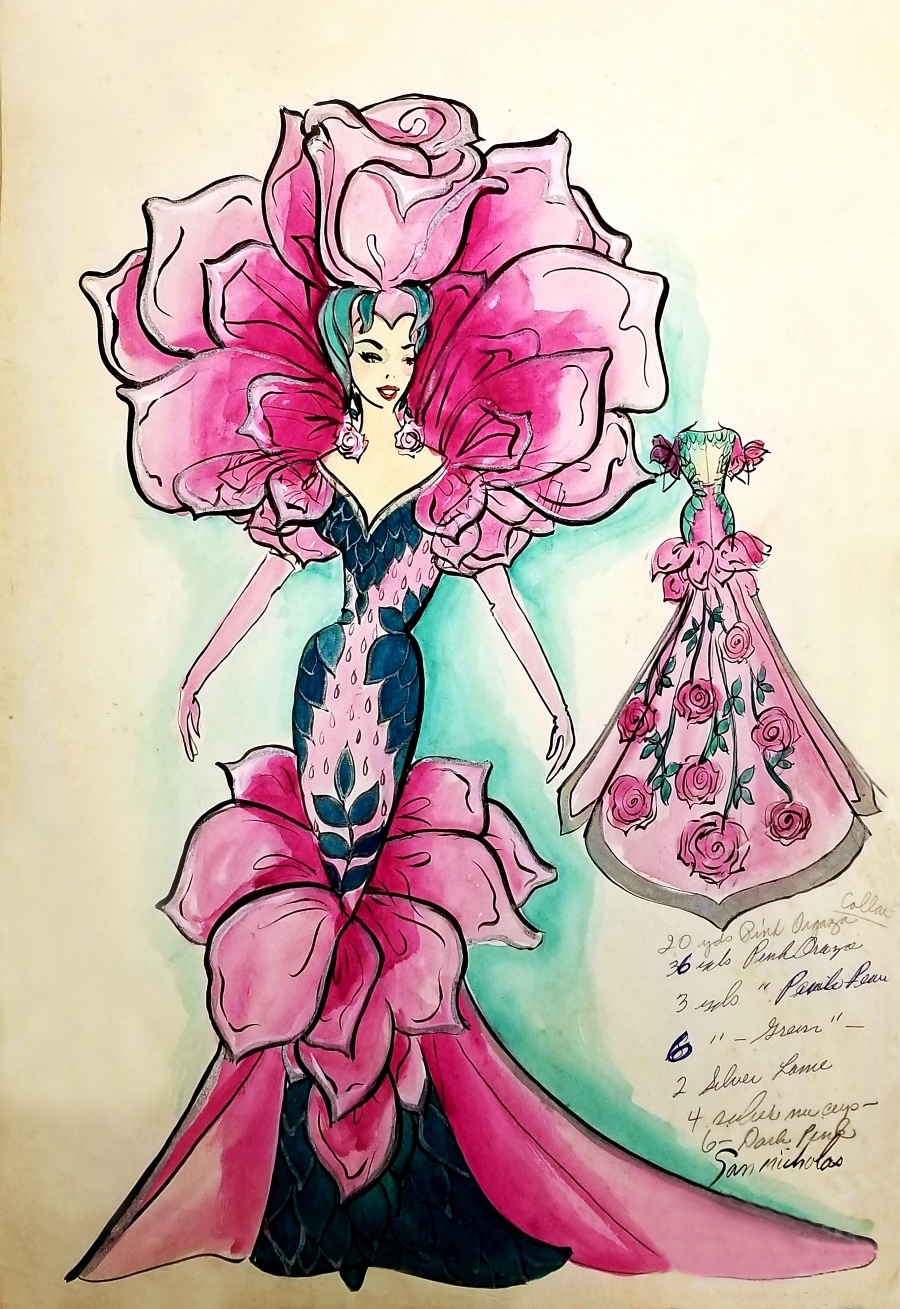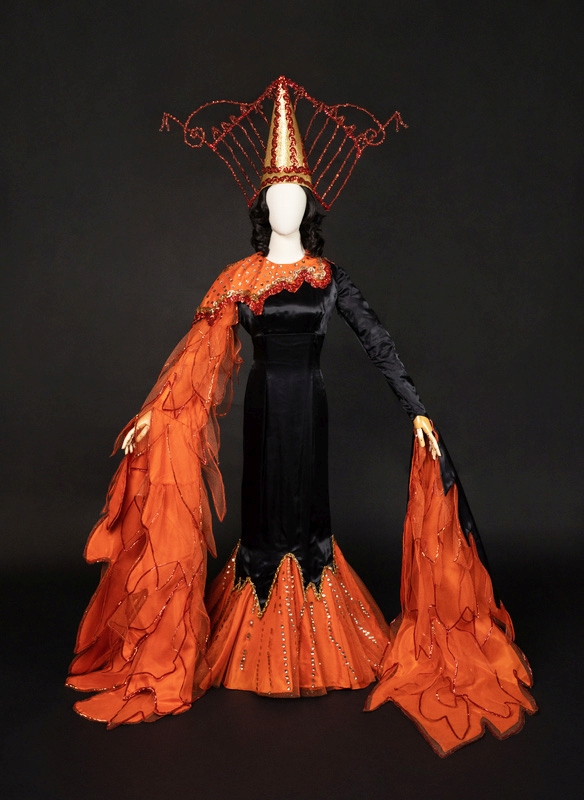Pioneers of Women's Carnival
This exhibition focuses on pioneering women’s krewes that created a space for themselves in Carnival beginning in the late 1800s, inspiring dozens of other women’s krewes that were successfully founded in their wake.
Early efforts by women to form krewes for themselves were largely short-lived beginning with the first one, Les Mystérieuses, in 1896. Well ahead of their time, they disbanded after hosting only two Carnival balls. However, they occupy a crucial spot in the history of krewes founded by and for women. Other women’s organizations followed, including Empyreans, the Butterflies, and the Mittens, all of which appeared and promptly disappeared before 1920.
A significant part of the exhibition spotlights the founding of the Krewe of Iris in 1917 and the Krewe of Venus in 1940, both by Aminthe Laudumiey Nungesser, acknowledged as a seminal figure in the history of Carnival. Iris is the oldest women’s Carnival krewe today and the largest of any Carnival krewe in New Orleans. Venus was founded as the first parading women’s krewe. The krewe disbanded in 1992.
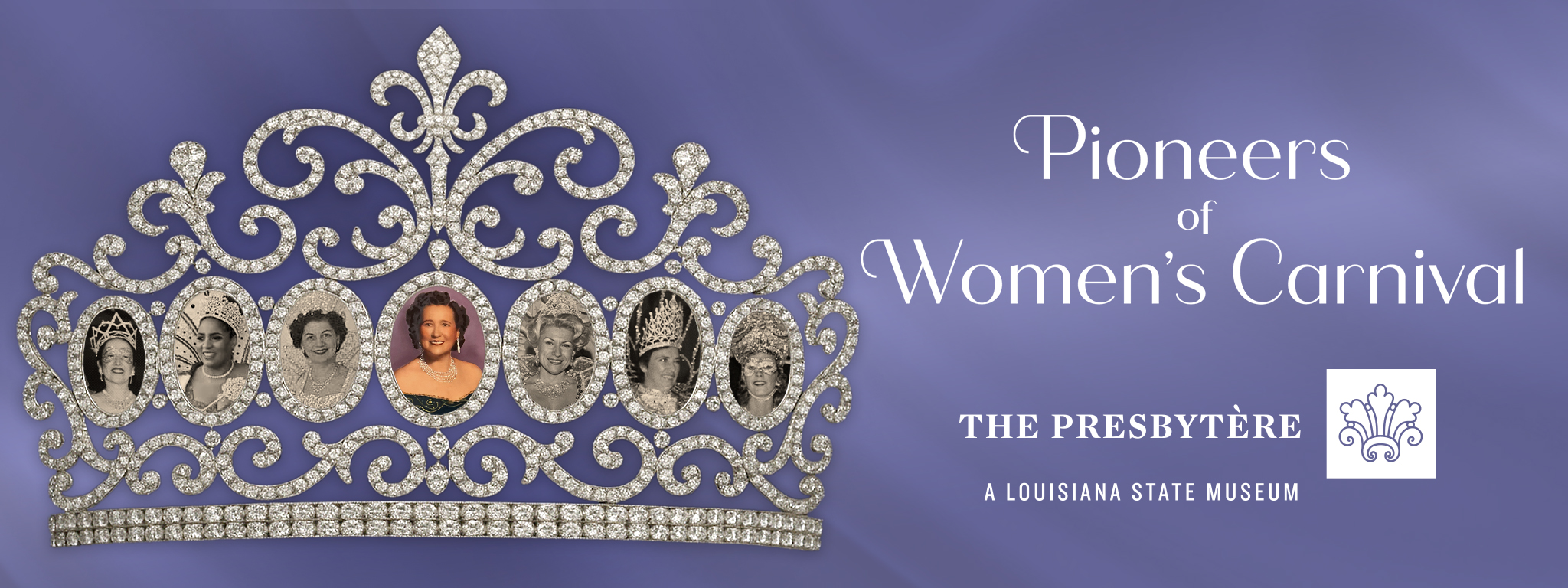
Many more modern women’s krewes have come and gone over the years, and most are unfamiliar today. Krewes like Les Marionnettes, Aparomest, Naiads, Niobeans, and Daughters of Eve existed for a few decades and hosted beautiful Carnival balls before disbanding, but all of them were respected clubs led by groups of ambitious women, many of them leaders in the business community.
The past 25 years have seen a huge resurgence in the profile of women’s, kicked off by the founding of the Krewe of Muses in 2000. Femme Fatale was born in 2013 as the first-ever krewe founded mainly for African American women, followed by Athena in 2014, and others since then. The exhibition includes numerous beautiful costumes, costume designs, photographs, and unique ball favors and parade throws.
With heartfelt thanks to our generous sponsors—B. Wise Vineyards, the Louisiana Museum Foundation, Campo Architecture & Interior Design, and Home Bank—whose support makes this exhibition possible.



